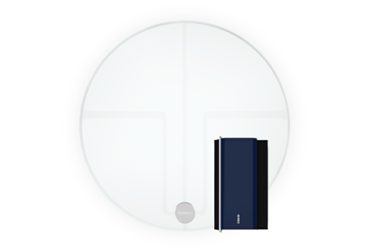Preeclampsia is a dangerous condition affecting around 7% of moms to be. If gone undetected, the severe form preeclampsia can pose serious danger to the mother as well as her unborn child. Learn about its symptoms and how to treat it here.
What are the symptoms of preeclampsia and how can it be treated?
The physical symptoms of preeclampsia might include headaches, vision problems, swelling and abdominal pain. Preeclampsia symptoms might not be always notable in their mild stage, whereas in the advanced stage can be severe and irreversible. Not every case of preeclampsia has typical symptoms, but routine tests of blood pressure and a urine sample are used to catch it early on.
Why is preeclampsia dangerous?
The physical symptoms of preeclampsia in its early stage might be mild and even easily ignored. They usually manifest themselves in the later stage where severe preeclampsia can lead to seizures, stroke or even death. This is why periodic prenatal appointments with your doctor or midwife are so important. Your healthcare provider will be checking for rising blood pressure and elevated levels of protein in your urine to detect and treat this condition early on.
What can I do detect preeclampsia early?
Most medical professionals caring for moms to be routinely test for preeclampsia symptoms but there are precautions you can take to screen for it yourself. Keep a journal to record symptoms, take your blood pressure daily and speak to your doctor about any changes you might experience.
QardioArm and QardioBase are the perfect pregnancy companion for any expectant moms concerned about preeclampsia. QardioArm makes it easy to take your blood pressure anytime, anywhere and keeps your readings along your notes in your smartphone. You can show your blood pressure history to your doctor during your appointment or email it straight from your app. QardioBase is the only smart scale with a dedicated pregnancy mode that lets you add photos to your weight measurements, making it easy look for abnormal swelling and other physical changes and track your progress through each trimester.
Sources:
NHS




